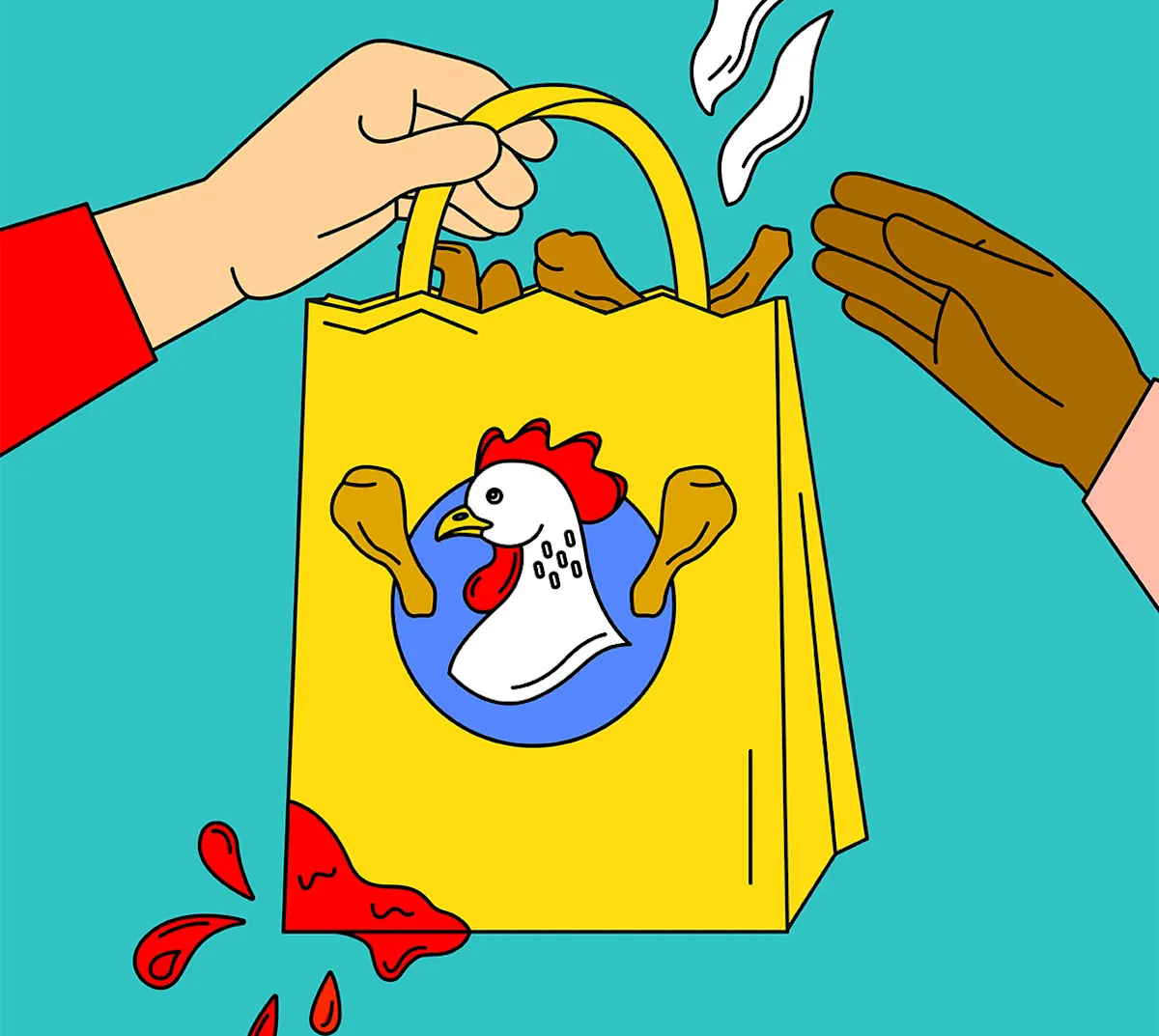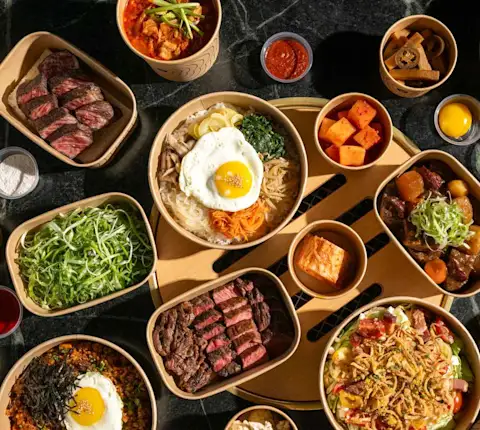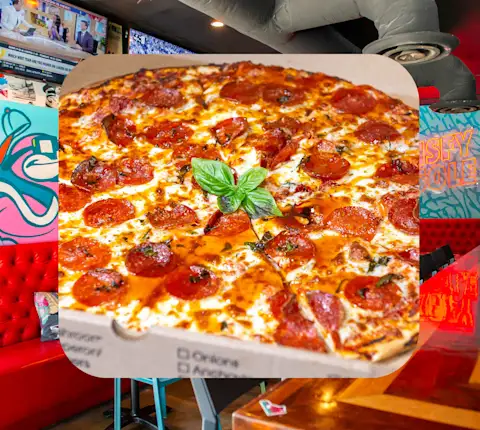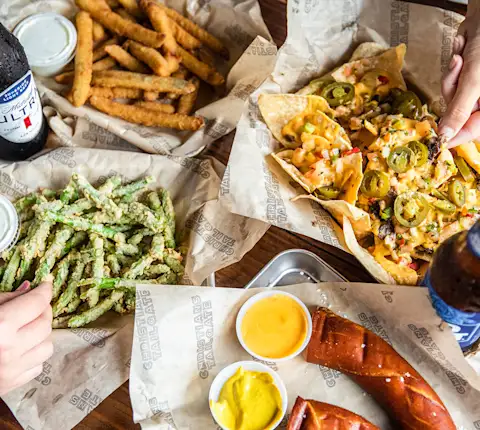*This article includes mentions of merchants or brands who are partners of DoorDash, and DoorDash may receive a commission if you choose to make a purchase from these merchants or brands.
The heart wants what it wants. But the heart can break. And the heart breaks when an order of wings shows up at the doorstep soggy, cool, and so violently transported the sauce coats its container like a crime scene. Because the art of ordering wings for delivery isn’t just an art but a science. A science that spans thermodynamics (the container’s heat retention capabilities), geography (are you in a wing-concentrated area?), topography (how far must your wings travel?), physics (oh god, is the delivery person on a bike?), chemistry (the wing’s coating recipe can change everything), and meteorology (is it…winter?).
Who knew wings could be so complicated?
We did. Which is why we consulted experts in various fields — yes, takeout containers are a professional field — to weigh in on how to order wings for delivery to ensure the best eating experience possible. Important investigative work was undertaken. All for the love of wings.
Find wings near you1. Consider the Package
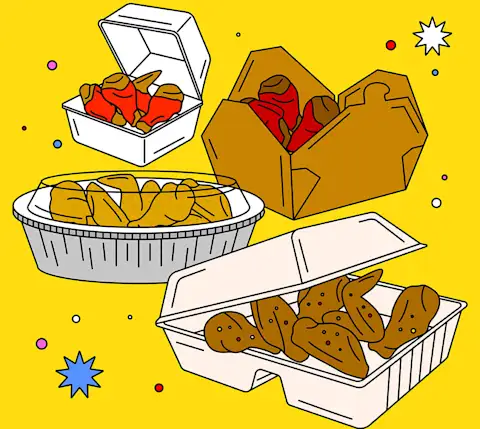
I’ve come to Howard Hirsch, the VP of Business Development at Imperial Dade, a food packaging company, with a fantasy. I’m opening a restaurant that serves extremely crispy, perfectly sauced wings and that promises to make me millions when I sell them to the credit card-wielding students of Ann Arbor, Michigan, every game day and drunken Friday night. “Let’s call it Alex’s Wings,” Hirsch proposes, because after working with thousands of restaurants, he’s got a knack for naming. So what will I package my wings in for delivery to the frat houses?
“The Victoria Bay fold-top box,” he says, because the kraft paper box accomplishes the most important thing an order of wings requires in transit: “It allows the item to breathe.” You know this container. It has four wing-like flaps that fold into each other to close, and those folds let some steam escape, which you can make more grease-proof and aesthetic with “Alex’s Wings”-branded paper liners inside, if you desire. (Some versions of this box have a coating inside too, for extra grease safeguarding.)
It’s not great for heat retention, but the best heat-retaining material is also the worst for the planet — styrofoam — and that excellent insulation has downsides. In a closed container that retains heat well, “steam will circulate, which will get rid of the crispness,” says Hirsch in a New York accent. Ditto the popular black plastic boxes with lids. Totally closed container = flabby, tragic wings. Then there are sugarcane clamshells: “They're gonna work; it's just gonna lose its heat very, very fast,” says Hirsch. And remember aluminum-bottomed containers? “It’s like a dinosaur.” Those are no longer a popular choice, he says. However, they have one upside: “You can just put it right in the toaster and reheat it in that container.”
2. Consider the Recipe

The best wings in my region are from Side Biscuit in Ann Arbor, a 270-square-foot corner spot that fried up over 3,200 wings for takeout for the the biggest football game this year. University of Michigan coaches and football players order their wings by the hundreds, which owner Jordan Balduf packages in thick compostable clamshell containers lined with aluminum to keep the sauce from seeping through. Balduf, a native of Buffalo, New York, with a cooking background that spans pizza joints and Michelin-starred kitchens, makes his wings the traditional way: “Naked wings in the fryer,” he says. “The three swear words we have here are breaded, boneless, and ranch.”
As a chef, he knows that a flour- or starch-coated wing, or a double-fried chicken style, would hold up better in transit, but that would break the buffalo wing law. His wings have a good 15-20 minute window of warmth, and since orders are pretty local, they tend to hold up until they hit the table. (Cue me eating them straight from the clamshell on the kitchen counter.) But if he were the customer, he’d make a request: “I’d ask for sauce on the side. Definitely.” Yet only about two percent of his customers ask for that. The rest just want to rip into the wings as fast as they can.
And while you won’t find breaded wings, Side Biscuit serves a range of creative flavors that incorporate dry rubs, like the Brogarashi (a favorite, coated in his homemade togarashi spices, sprinkled with tiny ribbons of chile), that holds up better in transit than the saucier wings. So that’s another tip: If a dry rub wing is on the menu, give it a try.
3. Consider the Proximity

An entrepreneur and a dreamer, Tommy Wyatt probably loves wings more than 99% of the population. Because he loves wings so much, he launched Wingaddicts: a website, YouTube series, and app dedicated to reviewing wings and helping wing fanatics find the best ones in their area. That’s the public service Wyatt wants to bring to the people. And that takes love. “I believe that most human beings don’t wake up thinking about chicken wings,” says Wyatt. But he does.
Since he launched Wingaddicts in 2020, he and two friends, Doni "The Cleaner" Peronace (because he eats his wings “like Garfield with the fish”) and chef Ryan Pasler, have tried more than 15,000 wings in the Connecticut area. The last one he’d had before we spoke was a dessert wing that was coated in a doughnut batter. “There was literally a doughnut around the wing!” Wyatt says with glee. When they began, they’d order wings for pickup and eat them on the hood of his car for peak freshness.
Wyatt, who “hasn’t had a job since the ’90s” and seems to have life figured out in a way most of us don’t, has some tips on how to order wings for best results. Like Balduf, he would “ask for the sauce in the container on the side so I can sauce them myself. That way, they don’t get soggy.” And if you can, “order as close as possible — the closer to your home, the better.”
4. Consider the Air Fryer
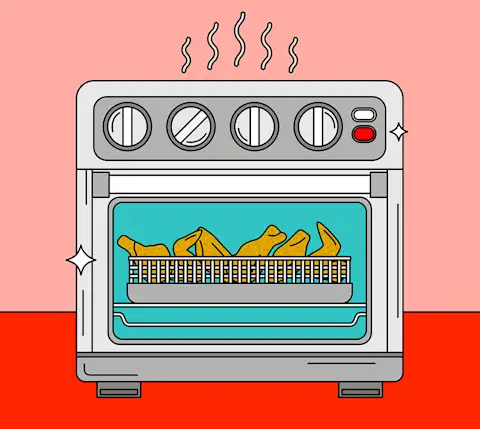
Wyatt’s ideal packaging for takeout wings would be a paper box where the top folds over, with two punch holes on each side and a foil liner inside, which is similar to the boxes at Korean fried chicken chains like BonChon. “Your goal is to try to keep them hot,” says Wyatt. “But your goal is also to keep them from smothering themselves and becoming really soft and mushy.” As we’ve heard before, ventilation is key.
But the fact is, too many restaurants are still using styrofoam and other packages that smother our precious wings. Beyond that, weather, distance, and other factors (traffic!) can all disrupt the wing’s journey. What to do when the wings arrive sub-par? Preheat the air fryer.
“I’m such a wing snob at this point,” says Wyatt, “that if I got takeout wings I would just pop them in my Ninja air fryer.” His recipe: 390°F for around five minutes. Perfect…for some. Because Wyatt makes a good point: “Not everybody needs to have a crispy, crunchy wing when they bite into it, right?” Sometimes, the wing experience is more about the heat, the flavor, the delicious mess of it all. And the only way to do that right is to place the order in the first place.
Find wings near youPHOTO CREDIT: Illustrations by Sam Twardy


